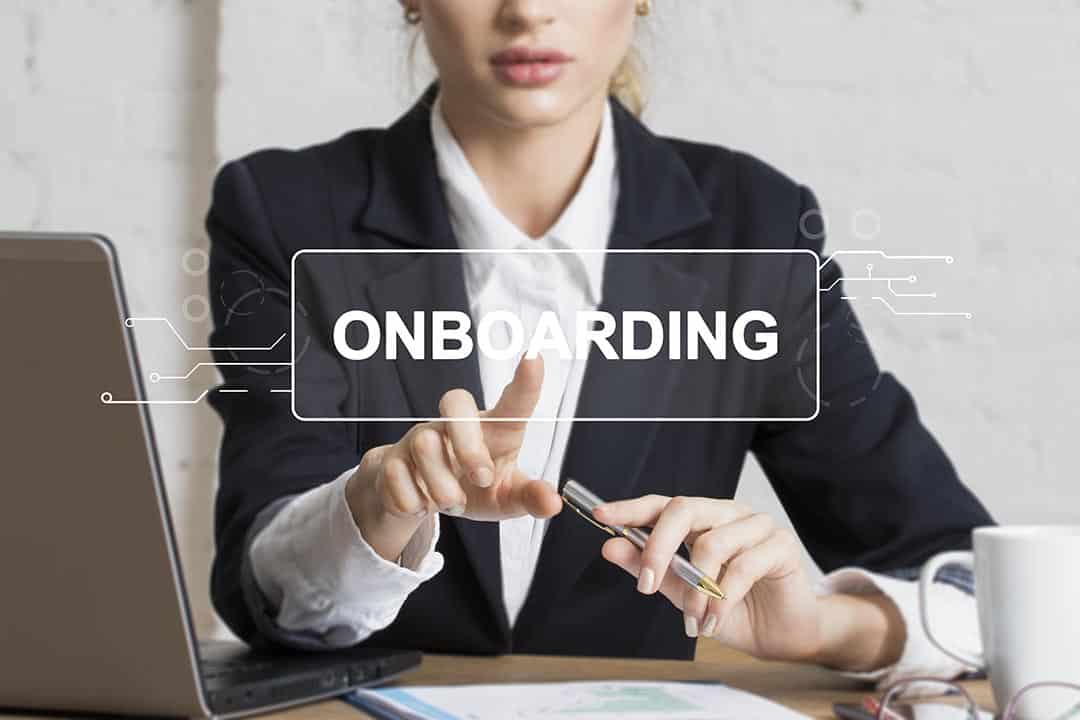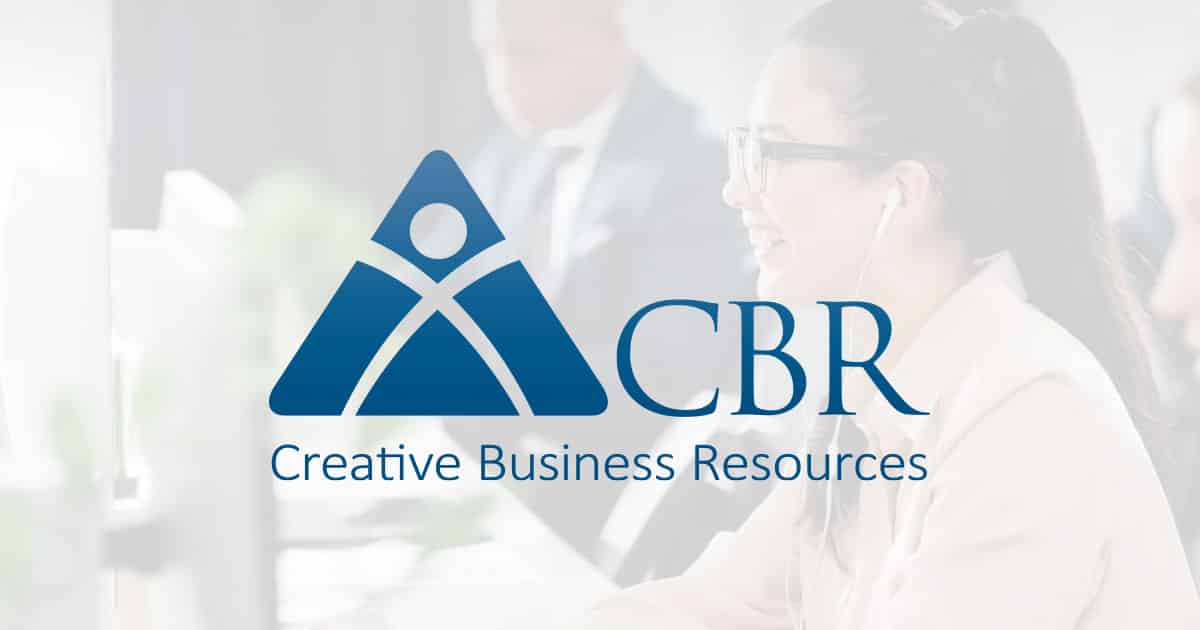Did you know that 28% of all new employees quit within their first 90 days? That’s because many companies think that onboarding new hires is time-consuming and complicated, and don’t devote enough time or resources to their new employees. Not every company knows how to onboard effectively and efficiently.
The reality is that proper onboarding is vital both to your employees’ success and your ability to retain them over time. According to NACE’s Recruiting Benchmark’s Survey Report, the cost of bringing on a new employee can be as high as $6,110. To get the most for your money and make sure your new hires stick around, it’s important that you embrace onboarding best practices.
Get New Employees Up to Speed Faster with 5 Onboarding Best Practices
Fortunately, effective onboarding doesn’t have to be complicated or time-consuming. For easy onboarding, all you have to do is follow the five best practices listed here. Your new employees will appreciate the effort.
Best Practice #1: Start Onboarding Before Day One
Onboarding shouldn’t start when a new hire first walks in the door. You need to begin the onboarding process well before the first day of work. Perhaps new hires get a phone call or text from their new manager saying hi and welcoming them to the company. Maybe it’s an email from your HR department, stepping them through what will happen on their first day. Or maybe you’ve set up an onboarding portal on your website with lots of information on your company, including some of the forms they need to complete. Whatever you do, start it as soon as they accept your offer – make them feel welcome and part of the family.
Best Practice #2: Make Day One Something Special
No new employee should be stuck in HR reading the employee handbook and filling out paperwork on their first day of work. You need to make their first day something special. Make sure their workspace is set up with everything they need. Give them a welcome package with gifts or notes from their new colleagues. Show them around the office and introduce them to their co-workers. Have some of their co-workers, or their manager, take them out to lunch. Make their first day one to remember – in a good way.
Best Practice #3: Involve the Entire Company
The entire company needs to be involved in the onboarding experience. New hires need to be introduced to key staff in HR and IT – and receive the proper instructions and training from both. Having new hires learn a little about what goes on in other departments is also a good idea. You want new staff to get to know the entire company, not just people in their own silo.
Best Practice #4: Communicate the Company Culture
Let’s assume that the new person you hired has the skills to do the job. What they don’t know is how your company works and why. For employees to be successful, they need to be immersed in your company’s culture – which is a job for everyone involved.
Best Practice #5: Set Reasonable Expectations
Finally, don’t set the bar too high on day one. Set reasonable expectations for your new hires, and communicate those expectations clearly. That means setting both short- and long-term goals and making sure the goals are measurable and achievable. They’ll appreciate knowing what they need to do to be successful.
Let CBR Administer Your Employee Benefits
While you can try to develop your own in-house onboarding routines, it may be easier to outsource some or all of the onboarding process. When you need help getting your expanding team up to speed, choose a PEO (Professional Employer organization) that personalizes service, such as CBR. We’ve been providing small businesses with onboarding, HR, and benefits services since 1998. Our skilled professionals can handle all your onboarding needs – and help you better manage the HR and benefits needs of all your employees.
Contact CBR today to learn more about our new hire onboarding services.





























